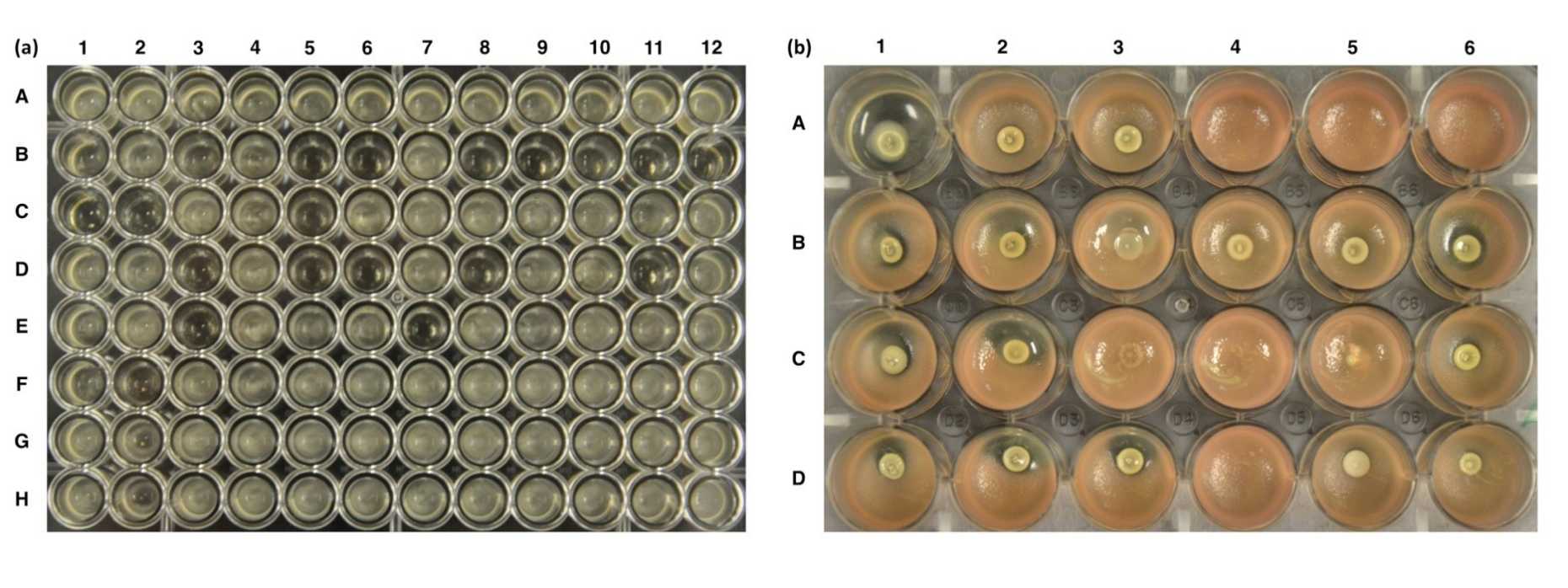Genomic Approach to Identify Interactions between Microbes during Food Fermentation and Biopreservation - Swiss National Science Foundation
Since the dawn of civilization, preservation has been critical for mankind to survive periods in which food production is low. A common method for food preservation is fermentation, a process in which raw material (e.g. milk) is converted to alcohol or organic acids (e.g. lactic acid) to produce a product with an increased shelf life (e.g. yoghurt). The main principle of food preservation relies on microbes that are harmless to human (“the fermentation flora”) grow fast and produce organic acids and alcohols which inhibit spoilage organism. Further, there is also a whole set of other low molecular weight metabolites produced by various microbes that can contribute to inhibition of spoilage microorganisms. This principle is already applied in HoldbacTM YM-C, a product developed at ETH Zurich inhibiting fungi in dairy products. However inhibitory compounds are produced in only small amounts and exhibit synergistic activity which complicates isolation and identification.
Lactobacilli are found in many fermented food-products such as yoghurt, salami, and cheese, with beneficial, neutral and sometimes detrimental effects. The LFB culture collection holds a large set of ca. 500 lactobacilli strains mainly derived from food environments. In this study we aim to investigate the interactions of lactobacilli with other food microbes, especially targeting the inhibition of spoilage and pathogenic microbes, and the environment by using high-throughput screening of food isolates combined with genome sequencing and comparative genomics to identify genes involved in the production of inhibitory compounds. The aim is to identify inhibitory compounds and mechanisms, and develop new strains for application for food biopreservation.

